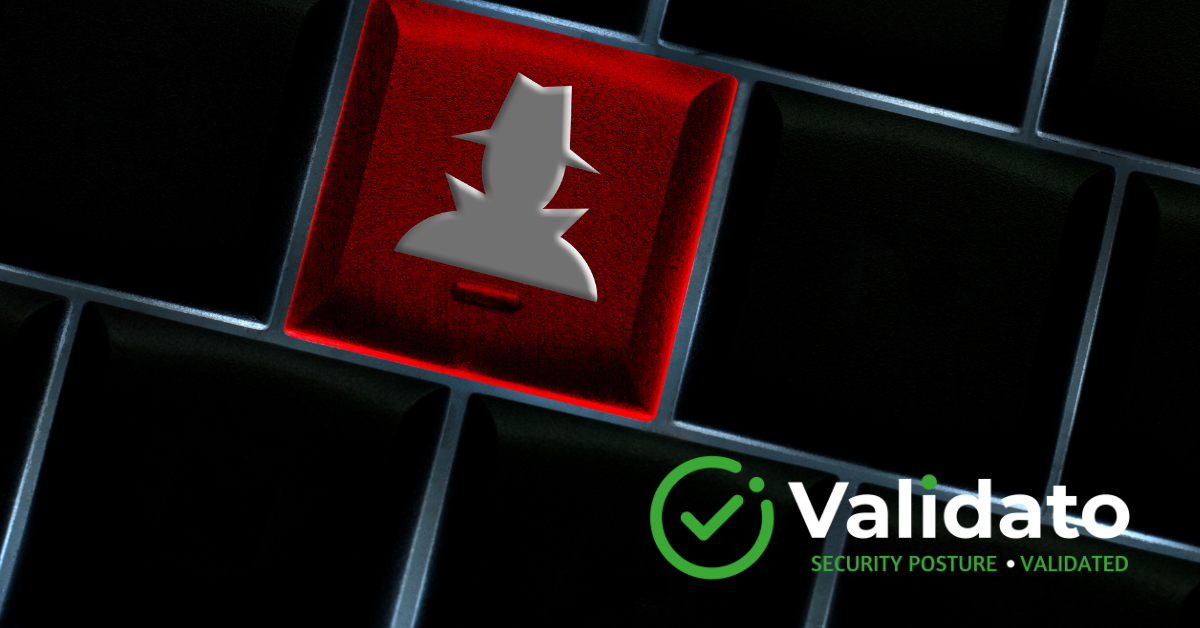Cyber Resilience in the Modern Threat Landscape
Organisations need more than just conventional security measures—they need resilience. As cyber threats grow in sophistication, simply detecting attacks isn’t enough; businesses must demonstrate their ability to withstand, adapt to, and recover from security incidents. This shift has made measuring and monitoring cyber resilience over time not just a technical exercise but a business imperative.
For many organisations, especially those facing regulatory requirements like NIS2, DORA, and UK CSRA, the challenge lies not just in implementing security controls but in validating their effectiveness against real-world attack scenarios. Without objective measurements, it’s impossible to know if your cyber resilience is improving or deteriorating—leaving executives and regulators in the dark about your true security posture.
Key Takeaway
Effective cyber resilience measurement provides tangible benefits for organisations looking to strengthen their security posture:
- Continuous measurement transforms cyber resilience from theoretical concept into quantifiable metric
- MITRE ATT&CK framework provides an ideal foundation for measuring resilience against real-world techniques
- Breach and attack simulation tools offer automated, objective assessment without traditional testing risks
- Aligning resilience metrics with regulatory requirements streamlines compliance while improving security
What is cyber resilience and why measure it?
Cyber resilience extends beyond traditional security measures. While cybersecurity focuses on preventing breaches, resilience acknowledges that some attacks will inevitably succeed. A resilient organisation can maintain critical functions despite active cyber threats, minimising business disruption.
| Benefit | Impact |
|---|---|
| Compliance Support | Satisfies regulatory frameworks requiring continuous security improvement |
| Accountability | Transforms security from vague concept to concrete, reportable metrics |
| Investment Justification | Helps demonstrate security ROI to executives and boards |
Key metrics for tracking cyber resilience
Technical Metrics
- Mean Time to Detect (MTTD): How quickly potential security incidents are identified
- Mean Time to Respond (MTTR): How rapidly threats are contained once detected
- Mean Time to Recover (MTTR): How efficiently normal operations are restored
- Control coverage: Percentage of environment protected by validated controls
Business-Centric Metrics
- Potential financial impact: Estimated costs avoided through improved resilience
- Operational continuity scores: Ability to maintain business functions during incidents
- Risk reduction metrics: Reduction in exposure to specific threat scenarios
The most useful metrics provide trending data rather than static snapshots, showing whether your resilience is improving or deteriorating over time.
Using MITRE ATT&CK for resilience assessment
The MITRE ATT&CK framework provides an ideal foundation for measuring cyber resilience. By mapping your security controls to specific attack techniques documented in ATT&CK, you can systematically evaluate how well your organisation can withstand real-world threats.
Implementation Steps:
- Identify relevant ATT&CK techniques based on your industry, infrastructure, and threat intelligence
- Assess defences against these techniques with three key questions:
- Can we prevent this technique?
- Can we detect this technique if prevention fails?
- Can we respond effectively if this technique is used successfully?
- Track coverage across the ATT&CK matrix over time to measure resilience improvements
Common challenges in measuring cyber resilience
Key Challenges for Mid-Sized Organisations (500-25,000 employees)
- Data fragmentation: Security information scattered across multiple tools and teams
- Skills gaps: Limited expertise in translating technical findings into business metrics
- Resource constraints: Insufficient time and personnel for regular assessments
- Compliance focus: Treating security as a checkbox exercise rather than continuous process
- Communication barriers: Difficulty translating technical metrics into business value
Implementing continuous resilience monitoring
To establish an effective monitoring programme without overwhelming your security team:
| Step | Action |
|---|---|
| 1. Set a baseline | Conduct initial assessment of current resilience posture |
| 2. Prioritise critical assets | Focus first on systems with highest business impact |
| 3. Automate where possible | Use tools for continuous control validation |
| 4. Establish cadence | Determine appropriate measurement frequencies |
| 5. Create dashboards | Develop visualisations that make trends visible |
The goal isn’t to measure everything at once but to build a sustainable programme that provides meaningful insights. Start with the most critical areas and expand your monitoring as capabilities mature.
How breach simulation improves resilience
Breach and attack simulation (BAS) tools provide objective measurements of security control effectiveness by safely replicating attack techniques against your environment. Unlike traditional penetration testing, which offers point-in-time assessments, BAS enables continuous validation of your security posture.
BAS Benefits
- Identifies misconfigurations and excessive privileges that compromise resilience
- Provides clear evidence of security control effectiveness against realistic scenarios
- Automates complex testing processes requiring minimal specialised expertise
- Delivers consistent, repeatable results for tracking improvements over time
Aligning resilience metrics with compliance
Regulations like NIS2, DORA, and UK CSRA require organisations to demonstrate effective security controls and continuous improvement. By mapping your resilience metrics to specific regulatory requirements, you can streamline compliance reporting while improving actual security.
For example, NIS2 requires “appropriate and proportionate technical and organisational measures” to manage risks. Resilience metrics demonstrate that your controls are not only in place but effective against relevant threats.
This alignment transforms compliance from a bureaucratic exercise into a valuable security improvement tool. Instead of treating regulations as separate from security operations, use them as frameworks to guide your resilience measurement programme.
Conclusion
Measuring cyber resilience isn’t just about gathering data—it’s about creating a feedback loop that drives continuous improvement. By implementing structured assessment methods, leveraging frameworks like MITRE ATT&CK, and using automated tools to validate security controls, organisations can build genuine resilience against evolving threats while meeting regulatory requirements.
The most successful organisations don’t view resilience measurement as a one-time project but as an ongoing process of testing, learning, and improving. This approach transforms security from a cost centre into a business enabler, providing the confidence to operate in an increasingly hostile digital environment.
If you’re interested in learning more, contact our expert team today.


